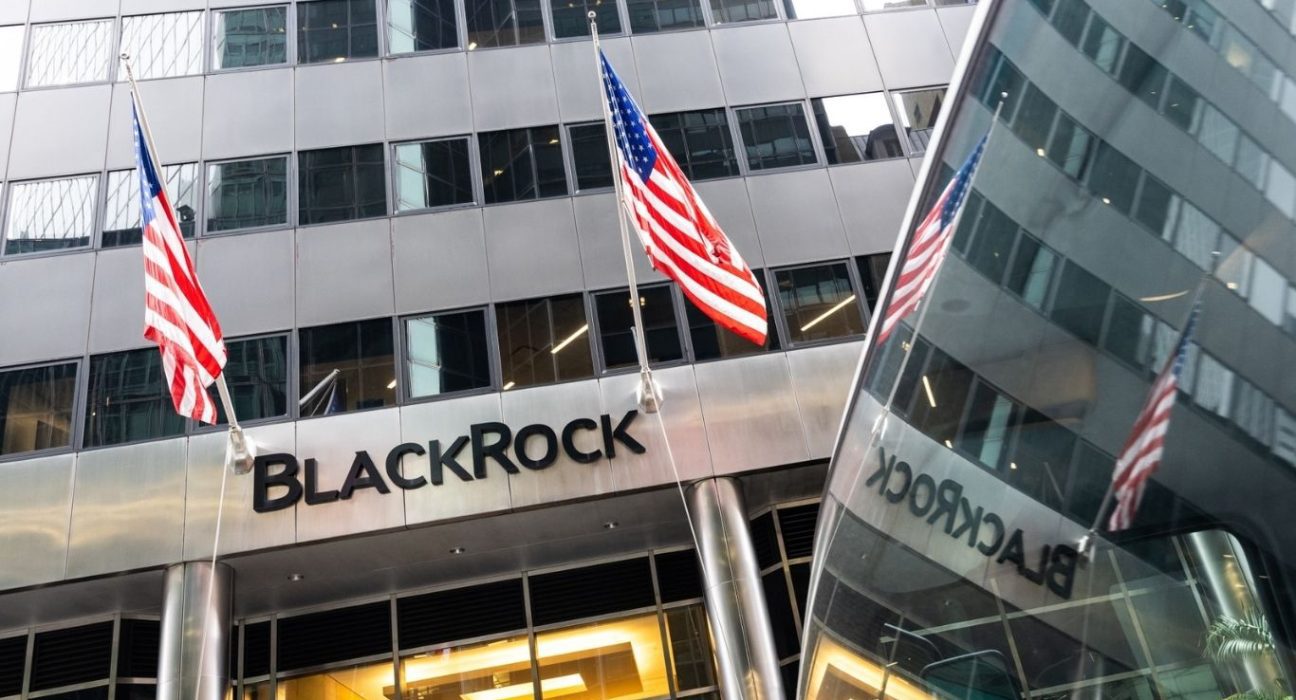Introduction:
BlackRock Inc (NYSE: BLK), the world’s largest asset manager, has reported strong quarterly profits that exceeded analysts’ estimates. The financial performance was attributed to the continued inflows of funds from investors. The company’s stock was up by 1.1% in thin volumes, reflecting investors’ confidence in the firm’s business model. This article will discuss BlackRock’s financial performance and the factors driving its growth.
BlackRock’s Financial Performance:
BlackRock’s Q4 2022 financial results showed a net income of $1.95 billion, an increase from the $1.5 billion recorded in the same period in 2021. The earnings per share (EPS) also rose to $12.01, beating analysts’ expectations of $10.24 per share. The company’s revenue for the quarter was $5.99 billion, up from $4.81 billion in the same period the previous year. The revenue increase was due to higher base fees driven by strong long-term net inflows and higher investment advisory, administration, and securities lending revenue.
Factors Driving BlackRock’s Growth:
The key driver of BlackRock’s growth is the continued inflow of funds from investors. The company’s assets under management (AUM) increased by $1.4 trillion in 2021 to $9.9 trillion, a 16% increase from the previous year. This growth was driven by a net inflow of $1.2 trillion in long-term assets under management, which includes actively managed mutual funds and exchange-traded funds (ETFs).
BlackRock’s ETF business, iShares, continues to be a significant growth driver. iShares recorded net inflows of $138.4 billion in Q4 2022, up from $103.7 billion in the same period the previous year. The growth was driven by strong demand for equity and fixed income ETFs across regions. BlackRock’s strategic focus on ESG (Environmental, Social, and Governance) investing has also helped to drive growth. BlackRock’s sustainable ETFs accounted for more than half of its total ETF inflows in 2021.
BlackRock’s Aladdin platform, a proprietary investment and risk management system, is another growth driver. The platform’s AUM grew by 21% in 2021 to $3.2 trillion, driven by increased adoption by institutional clients.
Outlook:
BlackRock’s strong financial performance and continued fund inflows have positioned the company well for future growth. The company’s management expects that long-term net inflows will remain strong, driven by strong demand for ESG-focused investments and ETFs. BlackRock’s management also anticipates that institutional investors will continue to adopt the Aladdin platform, contributing to further growth.
Conclusion:
BlackRock’s Q4 2022 financial results show that the world’s largest asset manager continues to be a dominant force in the investment management industry. The company’s robust financial performance was driven by continued fund inflows from investors, particularly in its ETF business and Aladdin platform. BlackRock’s strategic focus on ESG investing has also helped to drive growth, reflecting the growing interest among investors in sustainable investment options. The outlook for BlackRock remains positive, and the company is well-positioned to capitalize on future growth opportunities.










